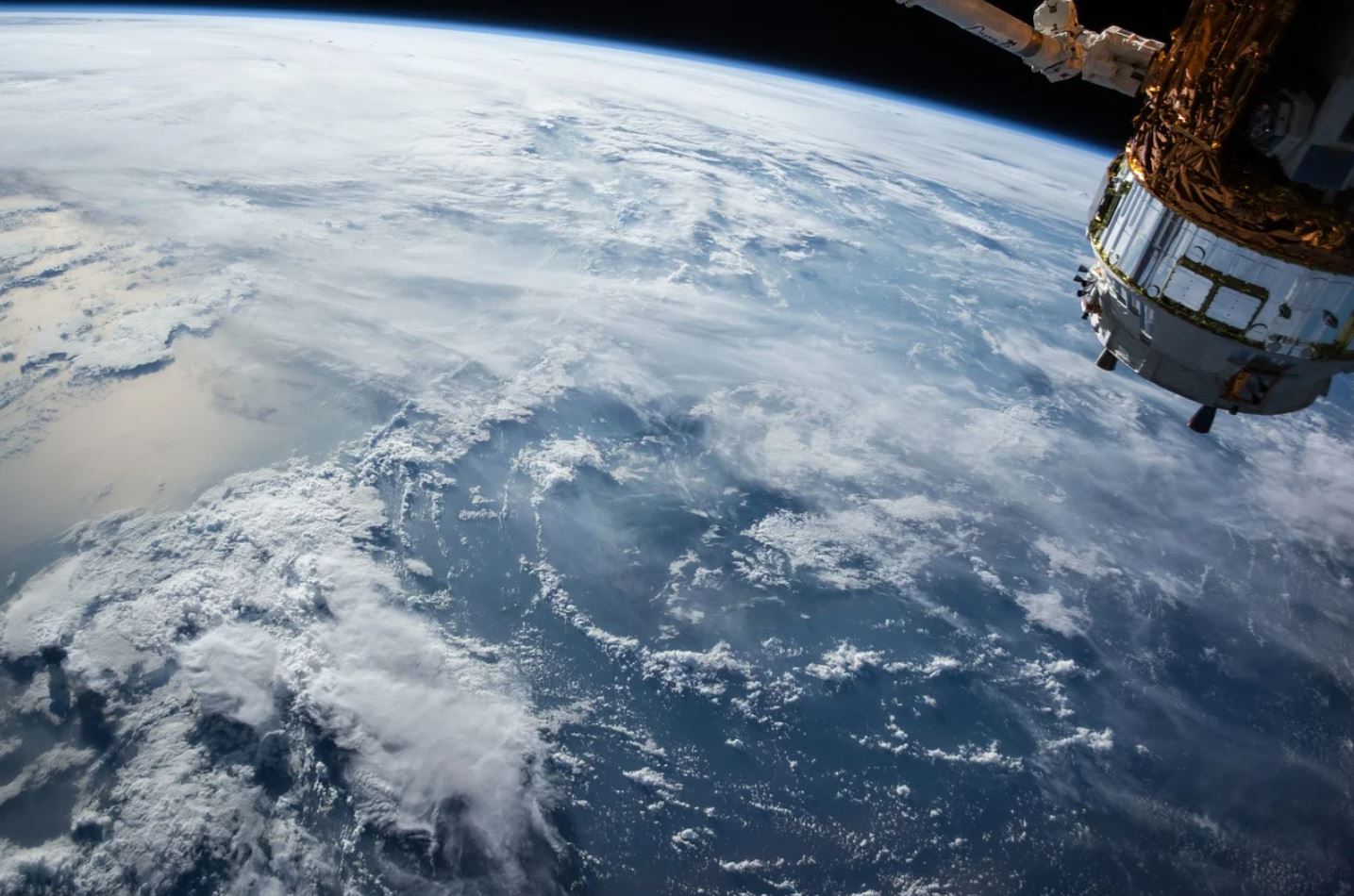
Bad is a farmer who does not dream of increasing the yield of his fields - goes a well-known proverb. Indeed, farmers' profits and, ultimately, the food security of the entire country depend on yield. That is why the editorial staff of World of Nan is trying to help farmers in every way possible to achieve high results.
In previous materials, we have already investigated how accurate weather forecasting, timely treatment of fields from pests and diseases affect yields. Today we have decided to talk about what role space monitoring can play in this regard.
Space telescopes, which fly at an altitude of 620-700 km, perceive reflections of sunlight from the Earth. Depending on the level and intensity of reflection, we can determine the processes of photosynthesis. Some of these processes are clearly visible in infrared light, i.e. a person cannot just see it all. The infrared beam, which is reflected by plants, can provide quantitative and qualitative information about the whole field.
At present, there are organizations already represented in Kazakhstan that provide relevant services. One of them is a young company from Kazakhstan, EGIStic.
EGIStic is a team of programmers, a young start-up company. Its technical director Zhandos Kerimkulov, with whom we were able to interview, used to work in the Space Agency, led a team, was a leading engineer, but eventually decided to quit his job in order to establish his project.
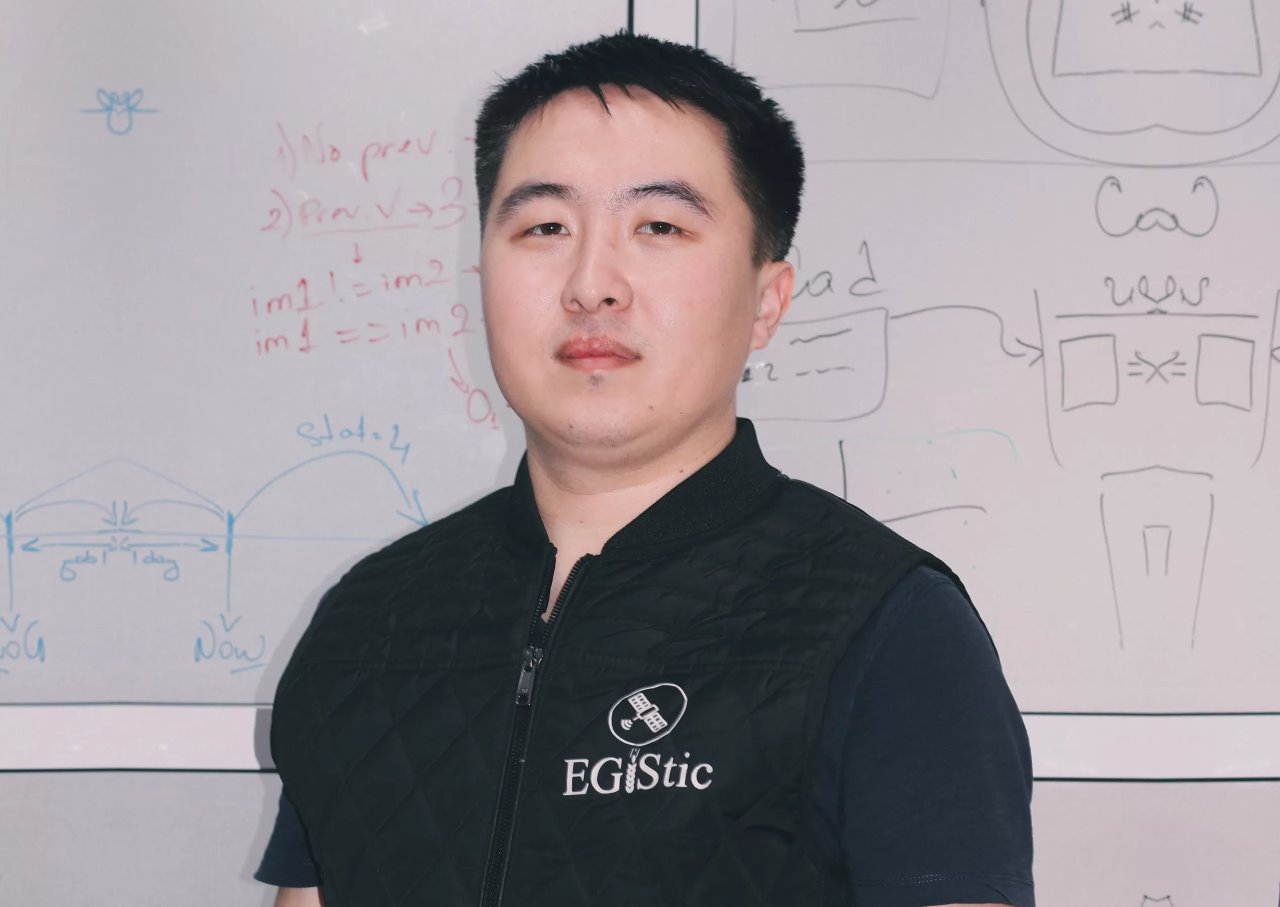 It took him a year to develop the idea, assemble the team and create the company. In autumn 2013, young enthusiasts attracted investments and started creating a product. The result of the work was the creation of a technological online platform for monitoring the area under crops.
It took him a year to develop the idea, assemble the team and create the company. In autumn 2013, young enthusiasts attracted investments and started creating a product. The result of the work was the creation of a technological online platform for monitoring the area under crops.
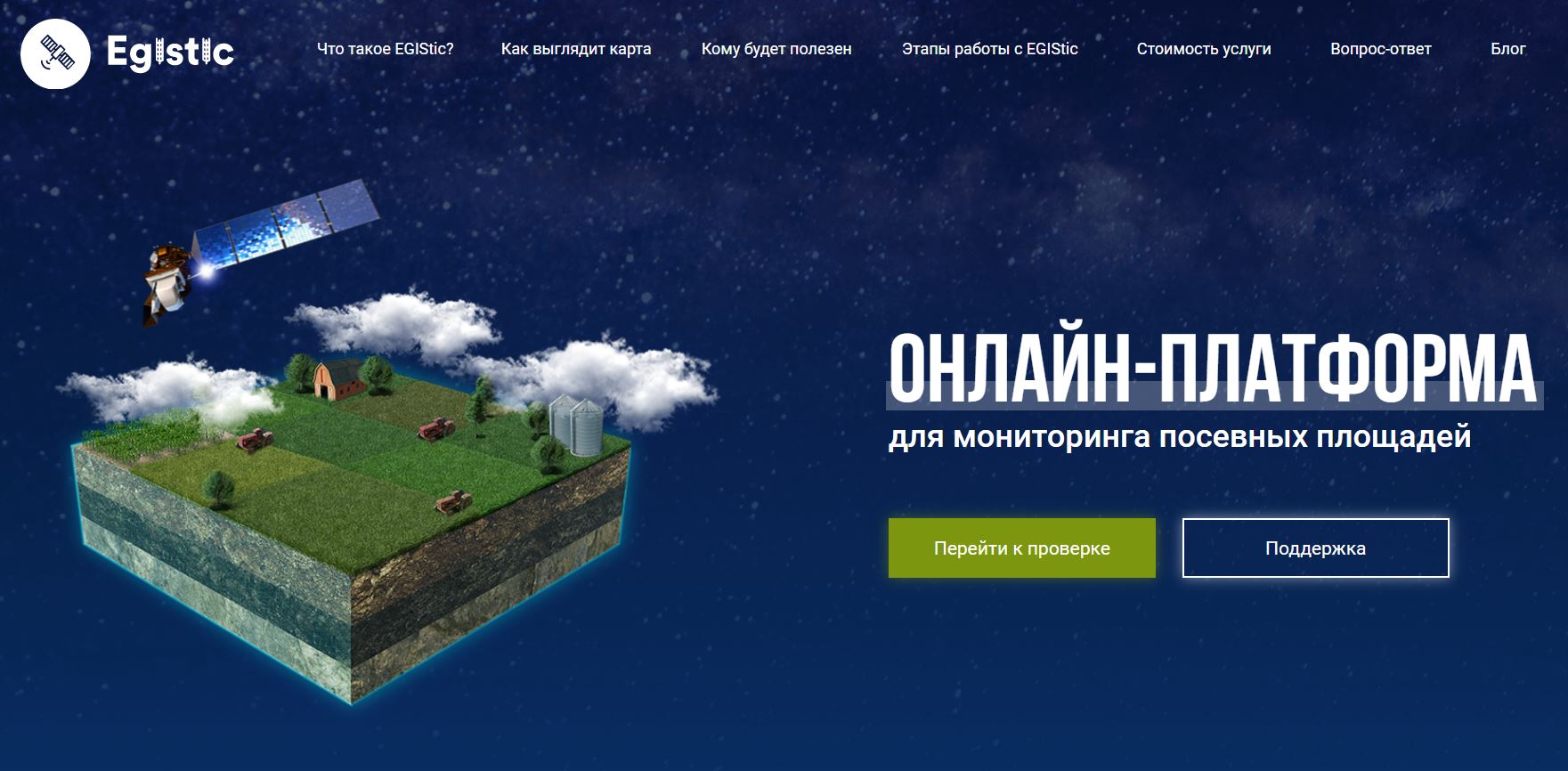 How does the platform work
How does the platform work
The farmer should log in to the web application, register, choose the cadastral number of his fields or directly select fields through the built-in map. The system will automatically divide them into squares, number them and add the necessary farm to your personal profile. When subscribing (the entire range of services at 30 tenge per hectare) every three to five days space images with an analytics of vegetation, moisture, nitrogen and chlorophyll content in the leaves of plants will be sent to the account. Images can also be ordered once.
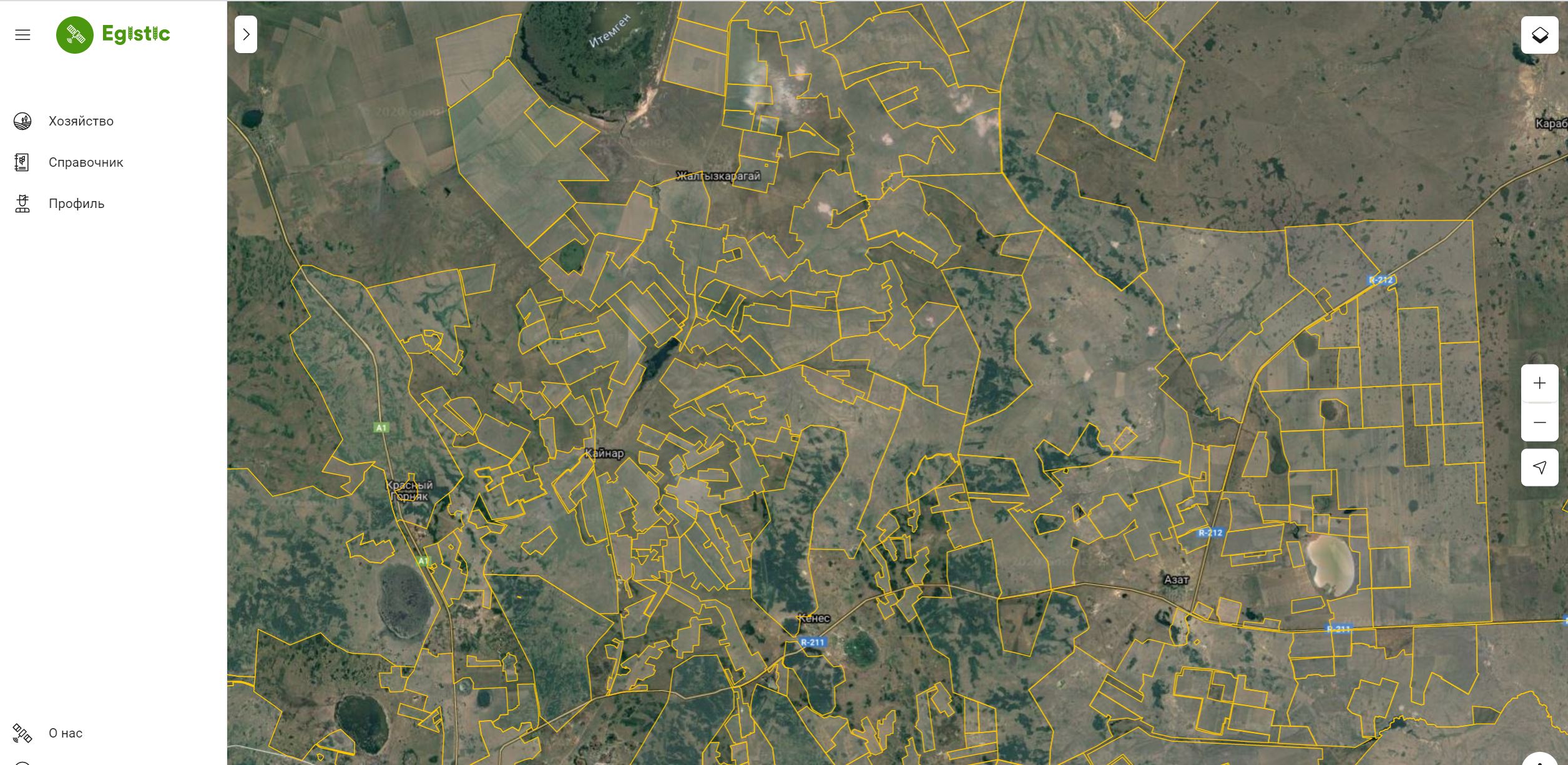 The system automatically detects problem areas and makes comparison between the last two images. Once the problem areas have been identified, the user can create the necessary notes for the farmer to visit and check certain areas of the field.
The system automatically detects problem areas and makes comparison between the last two images. Once the problem areas have been identified, the user can create the necessary notes for the farmer to visit and check certain areas of the field.
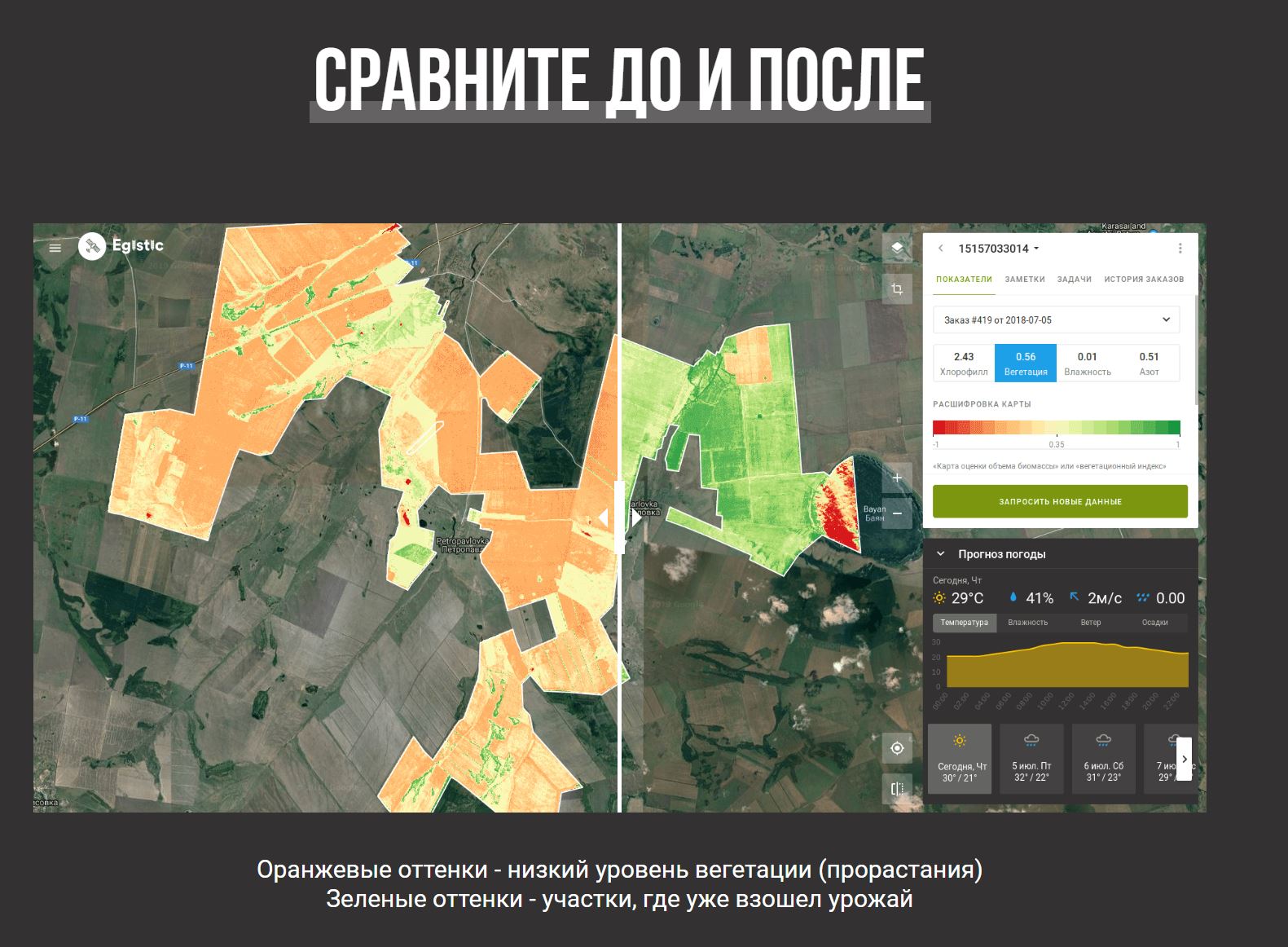 There is also a mobile application (offline mode) which allows the agronomist to have all the necessary information at hand. This means that he does not need to go around the entire area of his fields. Here you can already work more precisely, send a person to specific areas. There, the farmer can carry out a visual inspection of the plantations, take pictures. After all, if you lose sight of a growing weed or an arid plot, you can lose at least 20% of your yield.
There is also a mobile application (offline mode) which allows the agronomist to have all the necessary information at hand. This means that he does not need to go around the entire area of his fields. Here you can already work more precisely, send a person to specific areas. There, the farmer can carry out a visual inspection of the plantations, take pictures. After all, if you lose sight of a growing weed or an arid plot, you can lose at least 20% of your yield.
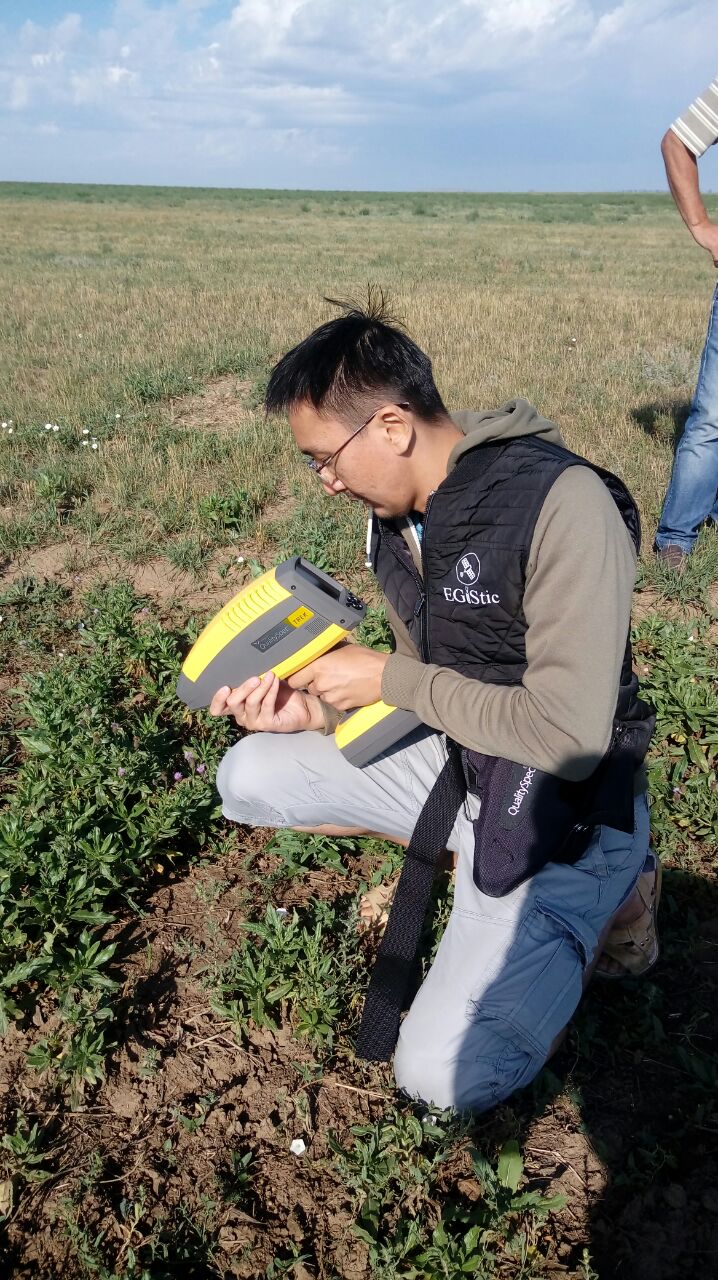
In addition, the system provides a highly accurate weather forecast 10 days in advance (for each specific grid cell) as well as an analytics that includes the sum of accumulated temperatures and precipitation, field development rates, seasonality parameters, etc.
In the future agrochemical analysis from one of the presented companies will be published on the platform. In this way, the farmer will be able to see what he has underneath and what he has on the ground.
"This is not a know-how. Such technologies have long been used in developed countries. For example, in the United States it has been used since the 80s. Now they are 20 to 50 years ahead. We want to introduce all this in Kazakhstan. Our platform is the first step in this process. With the gradual renewal of the agricultural machinery fleet in Kazakhstan, we plan to introduce telematics systems - readout data from on-board computers. This is necessary so that the farmer can see in real time what his equipment does. By combining all this with information from space, he can have a complete picture," Zhandos Kerimkulov said.
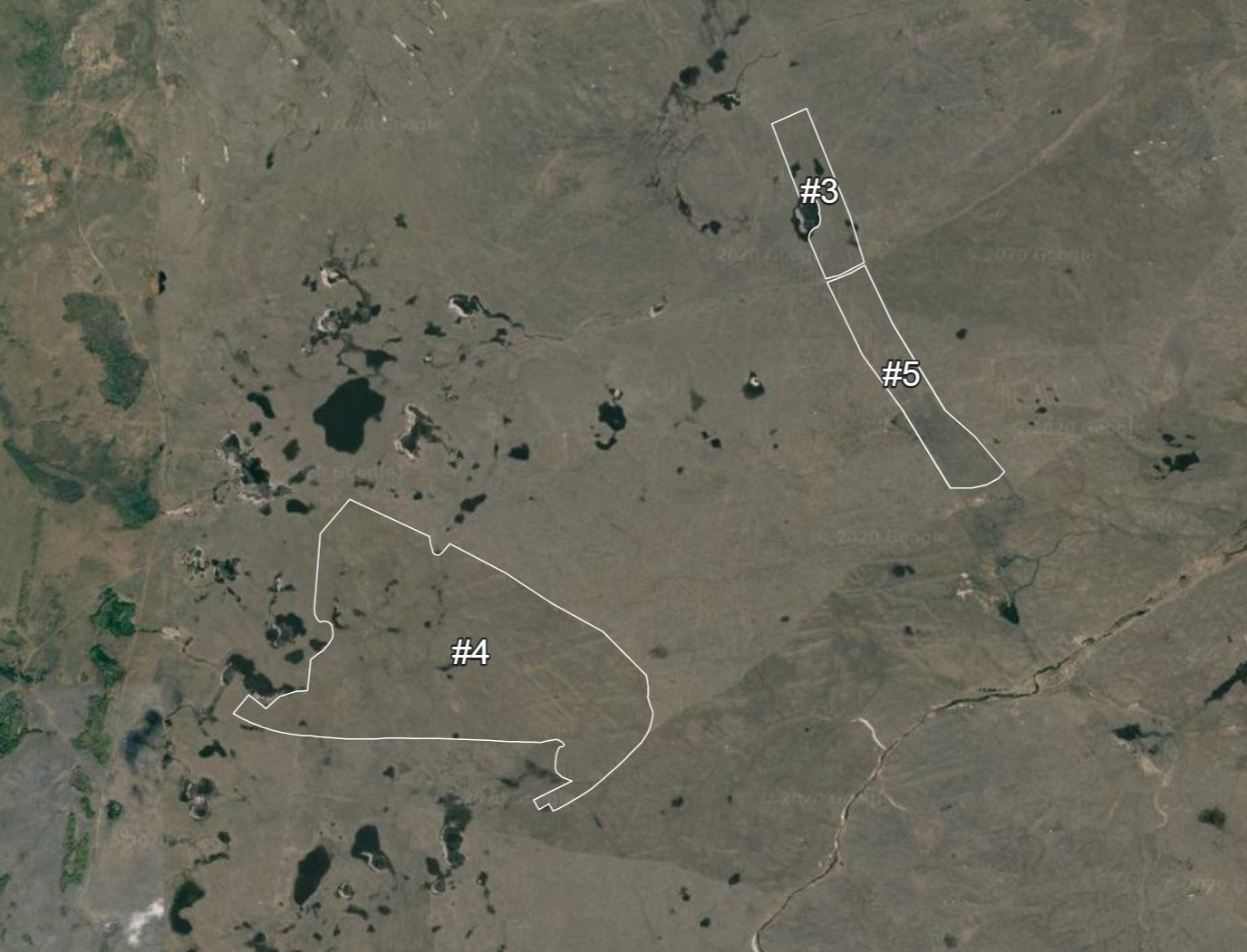 Example of space imagery application in practice
Example of space imagery application in practice
Space monitoring is an analytical tool that helps to make prompt and informed decisions, to influence the crops in case of any problems.
For example, last year, cabbage moth was very common in the regions of Kazakhstan. Just on the basis of images, taken from space, farms could detect areas of infestation - where moth comes from. Having such information, one can effectively protect his crop.
When to order pictures of the fields...
1. Seedling phase to determine the uniformity of seedlings of the planted crop.
2. Stem phase to determine the places where the crop grows and weeds.
3. Stem elongation phase to determine the vegetation level.
4. Earing phase to determine ear growth.
5. Ripening phase to determine the order of fields for harvesting.
Phase dates are determined independently depending on the region and time of crop planting.
The future of space monitoring in Kazakhstan
According to Zhandos Kerimkulov, in the future space monitoring may be integrated into the system of service providers of herbicides, fertilizers and equipment. Images from space will help such companies to provide high-quality support to their clients and to conduct effective monitoring of their fields.
Besides, these technologies can also be applied in cooperation with credit associations. In other words, during negotiations the farmer will have all the necessary information on how fertile the field is, how promising it is and so on.
In any case, it is possible to predict precisely - no matter what application space monitoring is found by the farmers, the use of such technologies in agriculture in the future will be indispensable.






































 It took him a year to develop the idea, assemble the team and create the company. In autumn 2013, young enthusiasts attracted investments and started creating a product. The result of the work was the creation of a technological online platform for monitoring the area under crops.
It took him a year to develop the idea, assemble the team and create the company. In autumn 2013, young enthusiasts attracted investments and started creating a product. The result of the work was the creation of a technological online platform for monitoring the area under crops. How does the platform work
How does the platform work The system automatically detects problem areas and makes comparison between the last two images. Once the problem areas have been identified, the user can create the necessary notes for the farmer to visit and check certain areas of the field.
The system automatically detects problem areas and makes comparison between the last two images. Once the problem areas have been identified, the user can create the necessary notes for the farmer to visit and check certain areas of the field. There is also a mobile application (offline mode) which allows the agronomist to have all the necessary information at hand. This means that he does not need to go around the entire area of his fields. Here you can already work more precisely, send a person to specific areas. There, the farmer can carry out a visual inspection of the plantations, take pictures. After all, if you lose sight of a growing weed or an arid plot, you can lose at least 20% of your yield.
There is also a mobile application (offline mode) which allows the agronomist to have all the necessary information at hand. This means that he does not need to go around the entire area of his fields. Here you can already work more precisely, send a person to specific areas. There, the farmer can carry out a visual inspection of the plantations, take pictures. After all, if you lose sight of a growing weed or an arid plot, you can lose at least 20% of your yield.
 Example of space imagery application in practice
Example of space imagery application in practice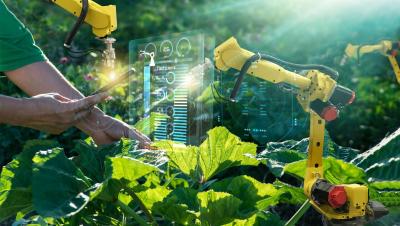
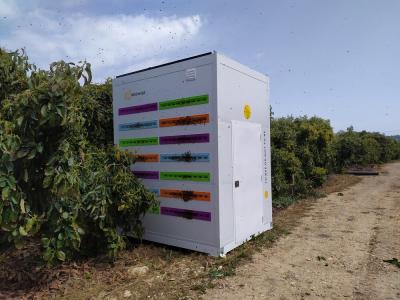
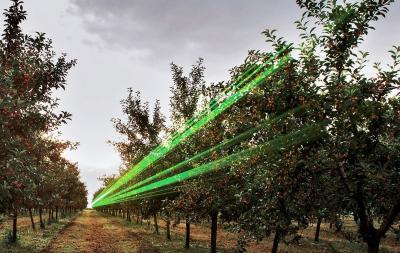
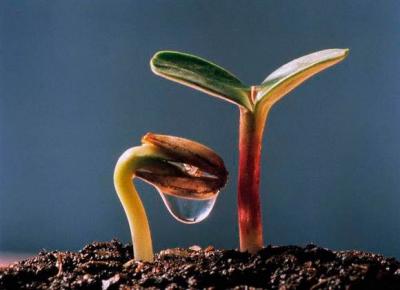
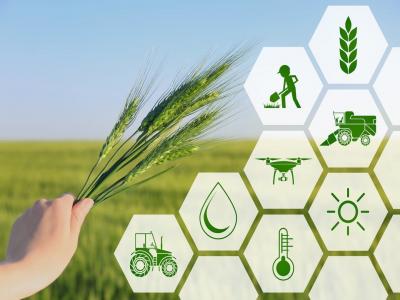
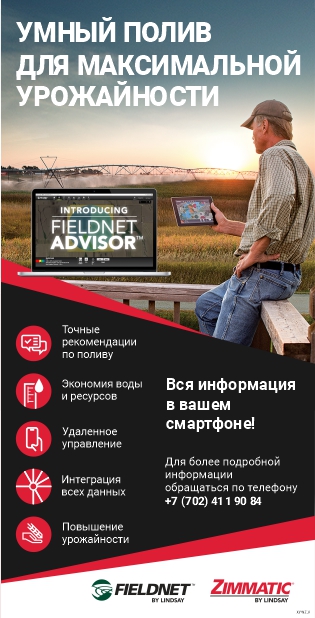
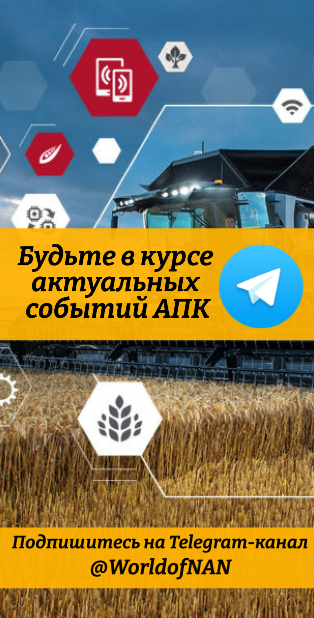

Обсуждение